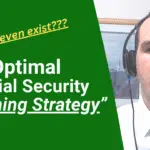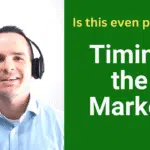3500 Exchange Traded Funds
Key Takeaways:
- ETFs track indices, which have rules for including and excluding companies based on investment objectives
- The number of ETFs has grown significantly, from about 1,300 in 2014 to 3500 Exchange Traded Funds in 2024
- Total assets in US ETFs have increased from under $2 trillion in 2015 to nearly $10 trillion currently
- Owning multiple funds doesn’t necessarily mean you’re diversified – many funds may have overlapping holdings
- Investors tend to underperform the funds they own, especially in non-traditional equity and sector funds
- Allocation funds (broadly diversified funds) have a smaller performance gap between investor returns and total returns
- It’s important to have allocations across the spectrum (large cap, mid cap, small cap, growth, value, income) rather than overloading in one area
- Even with 3500 Exchange Traded funds, business continues to grow as fund companies create new indices and products to attract investors
3500 Exchange Traded Funds – Links
Catch All the Mullooly Asset Podcasts Right Here
Or, on Apple Podcasts
Or, on Spotify Podcasts
3500 Exchange Traded Funds – transcript
Download the PDF of the transcript here.
Time Stamps:
00:00 Introduction and Welcome
00:23 Understanding ETFs and Indices
01:03 Rebalancing and Examples
01:33 Investor Concerns and Strategies
03:18 Growth of the ETF Market
05:47 Choosing the Right Number of Funds
08:49 Diversification and Allocation
10:22 Investor Returns vs. Fund Returns
12:26 Conclusion and Future Outlook
Summary:
Casey & Tom explain what Exchange Trade Funds are, how indices work, and give a recent example of adjustments in the S&P 500. The conversation addresses whether investors need to worry about index changes and the importance of long-term investing through ETFs. Tom & Case also delve into the proliferation of ETFs, pointing out that the number of funds. They discuss diversification in investment portfolios, the potential pitfalls of overloading on similar funds, and how investors often underperform the funds they own. The episode concludes with insights on maintaining a diversified portfolio and the anticipation of new ETF strategies in the market.






